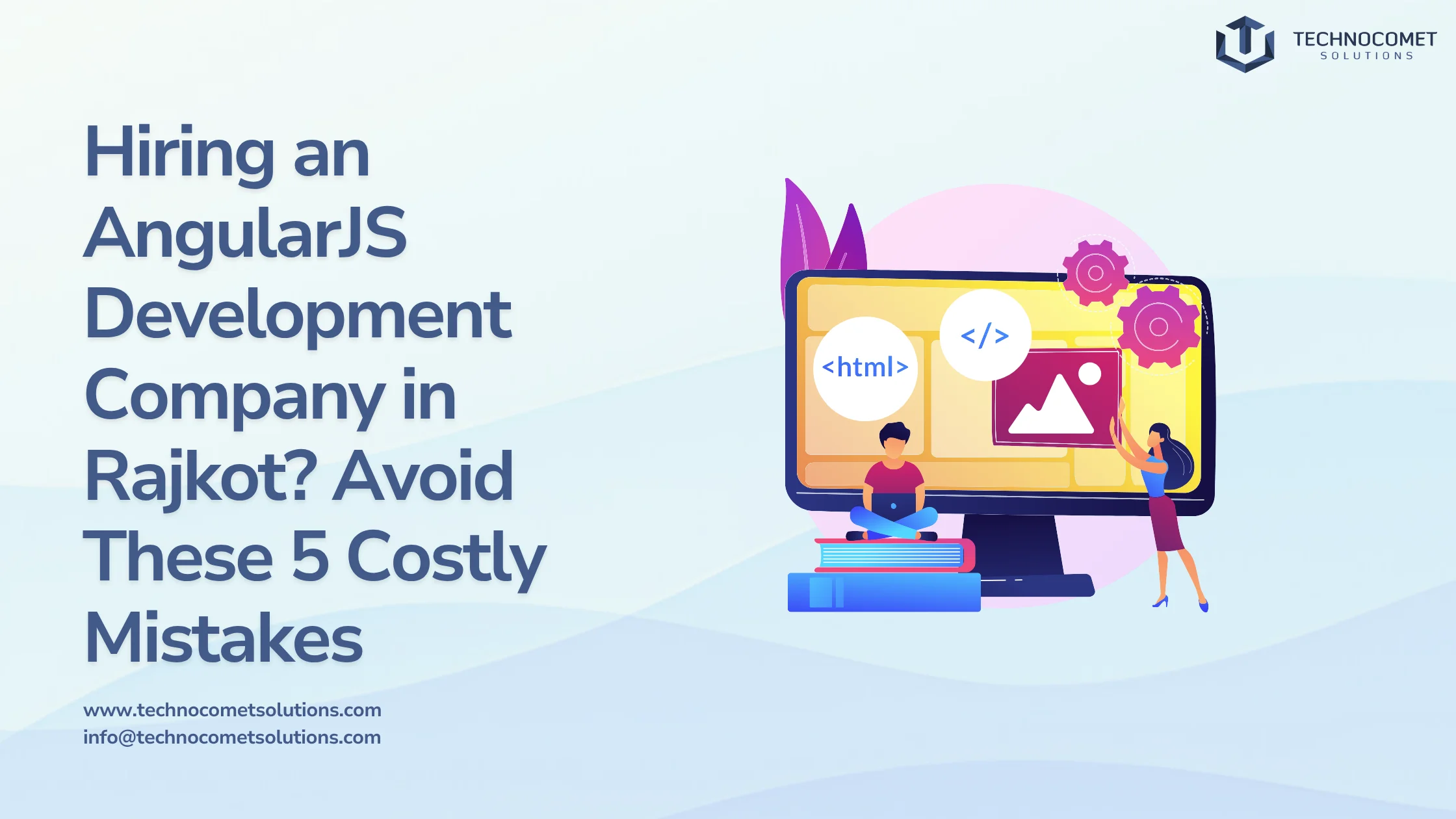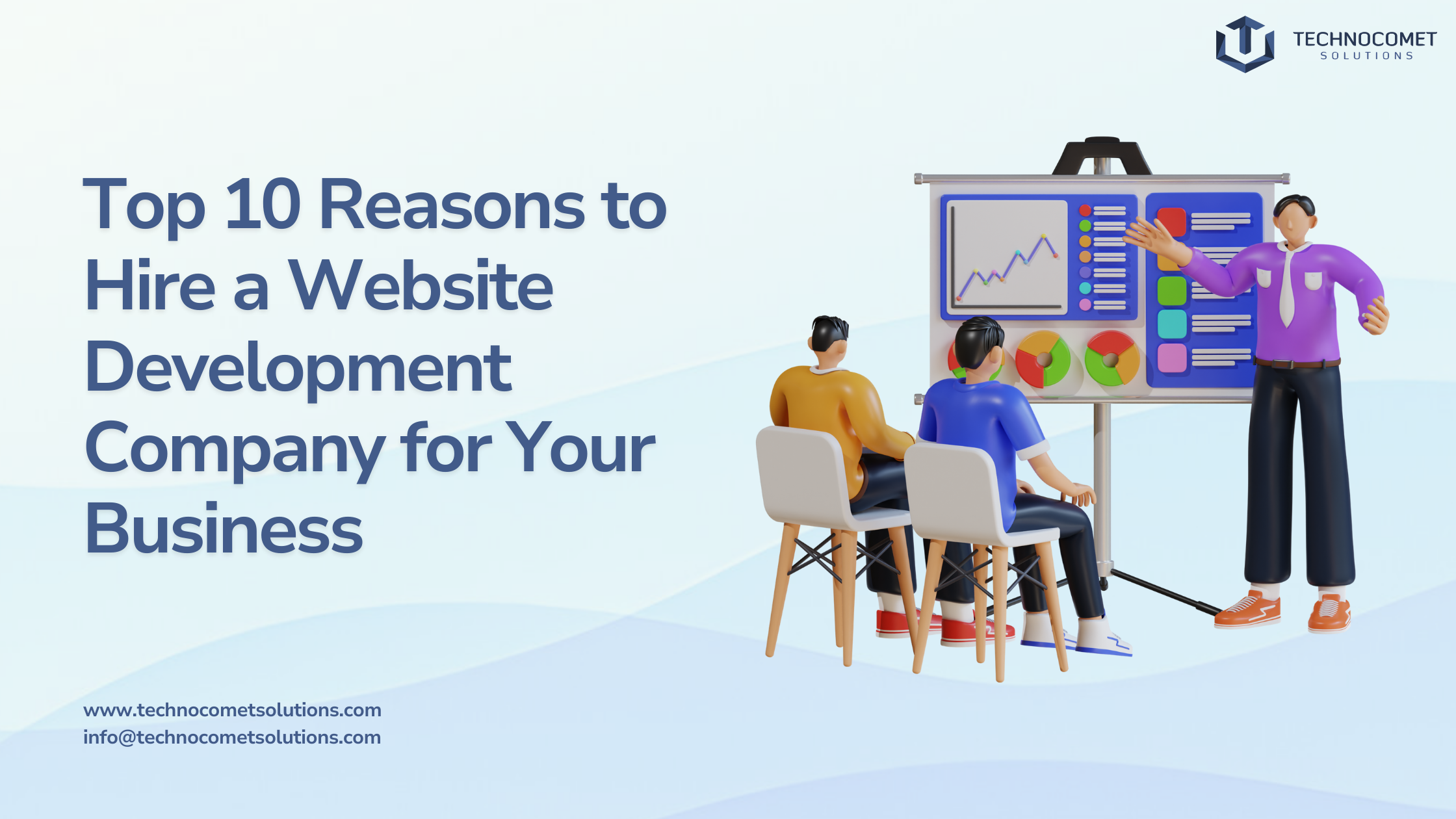It is vital for startups to invest in scalable web solutions that can grow with their business. With a well-crafted website, startups can better connect with their audience, build brand credibility, and establish themselves as leaders in their niche. A strong online presence not only attracts more visitors but also converts them into loyal customers, driving long-term success.
A strong online presence is essential for startups to connect with their target audience and establish credibility. With millions of businesses vying for attention, web development for startups plays a critical role in differentiating brands. A well-designed website acts as a virtual storefront, offering visitors an immersive experience that builds trust and encourages engagement. Moreover, startups can use their website to share their unique story, highlight their innovative solutions, and showcase testimonials that resonate with potential customers. This visibility translates into increased brand awareness and can lead to higher conversion rates as visitors become more familiar with the brand. Additionally, an effective online presence allows startups to leverage digital marketing strategies such as search engine optimization (SEO) and social media marketing.
These strategies are more effective when supported by a strong website that serves as a central hub for all marketing efforts. By optimizing their web development for startups with SEO best practices, businesses can improve their search engine rankings, making it easier for potential customers to find them online.
Scalable web development is vital for startups aiming to grow sustainably. As traffic increases and customer needs evolve, a scalable website ensures smooth performance without disruptions. For example, startups leveraging cloud-based hosting solutions can dynamically adjust resources based on demand, avoiding downtime during peak traffic periods. Scalable web development for startups also allows easy integration of new features and technologies, ensuring the website remains relevant and competitive over time. Moreover, scalability is not just about handling increased traffic; it also involves being able to adapt quickly to market changes or customer feedback.
Startups often pivot their business models or offerings based on user input or market trends. A scalable website enables these changes to be implemented quickly without requiring a complete overhaul of the existing infrastructure. This agility can be a significant competitive advantage in industries where speed and adaptability are crucial.
Creating a robust web development for startups involves following a series of essential steps to ensure long-term success. The first step is defining clear business goals and website objectives. This provides a roadmap for the website, ensuring its design and functionality align with the startup’s overall vision. The next step is choosing the right technology stack. A strong tech stack supports scalability, performance, and future growth, enabling startups to adapt to evolving business needs. Designing a user-centric and responsive interface comes next, ensuring that users have a seamless experience across all devices. Focusing on seamless user experience and navigation is also crucial. Easy navigation and intuitive design keep users engaged and help convert visitors into customers. Building for scalability from day one ensures the website can grow alongside the business, handling increased traffic and new features.
This approach creates a cohesive brand identity that is easily recognizable across various platforms. A clear purpose helps guide decisions throughout the development process and strengthens your brand’s presence.
Measurable goals are essential for tracking your website’s performance. Whether it’s increasing user acquisition by 50% in six months or boosting sales by 30%, clear objectives provide focus. Web development for startups should integrate analytics tools like Google Analytics to monitor progress. Setting key performance indicators (KPIs) ensures you stay on track.
These metrics also help you identify strategies that are working and those that need adjustment. For instance, if user acquisition rates are lower than expected, it might indicate issues with site usability or the conversion funnel.
Understanding your audience is crucial in prioritizing website features. For an e-commerce startup, prioritizing secure payment gateways and personalized product recommendations can improve user experience. You can gather insights from user behavior analytics, such as past visits or purchases. Conducting surveys or interviews with users provides additional valuable feedback.
This helps you identify what features will have the most significant impact on engagement and satisfaction. Continuously refining your website based on audience feedback ensures that it remains user-centered.
Web development for startups involves selecting the right technologies that support both the front-end (user interface) and back-end (server-side) operations seamlessly. Front-end tools like React or Angular creates dynamic user experiences by enabling developers to build interactive elements that boost user engagement. On the back-end side, frameworks such as Nodejs or Django efficiently process data while providing strong security features necessary for modern applications. Understanding how these technologies work together is essential for creating a cohesive system that delivers an optimal user experience.
Startups should choose scalable technologies that grow with their business. Cloud computing platforms like AWS or Google Cloud offer scalable solutions, ensuring your business can expand without worrying about server limitations or performance bottlenecks. When selecting technologies, consider community support and the availability of documentation. These factors are crucial when troubleshooting issues during development or scaling the system in the future.
Popular tech stacks like MERN (MongoDB, Express.js, React, Nodejs) are ideal for startups due to their flexibility and scalability. These tech stacks simplify web development while enabling the quick deployment of new features, an important advantage in competitive industries where time-to-market matters. Using popular tech stacks also gives you access to large developer communities that share resources, tutorials, and best practices. This makes onboarding new team members easier while ensuring high-quality code standards throughout the project lifecycle.
In web development for startups, a visually appealing design is crucial for creating a positive first impression. A clean layout with intuitive navigation reduces cognitive load on users, guiding them toward desired actions. Whether it’s signing up for newsletters or making a purchase, a well-designed interface can significantly improve conversion rates. Poor aesthetics or usability issues can cause visitors to leave the site within seconds, making design a key element in retaining users.
With mobile devices accounting for over half of global internet traffic, adopting mobile-first design principles is essential. A mobile-first approach ensures websites perform optimally on smaller screens while maintaining functionality across all devices. This approach improves overall user engagement, as it caters to how people interact with technology today across smartphones, tablets, and desktops.
Responsive design ensures websites adapt seamlessly to different screen sizes, enhancing accessibility. This is crucial for retaining users who might abandon sites with poorly optimized interfaces. By offering consistent experiences across devices, web development for startups can significantly improve customer satisfaction. A well-implemented responsive design can lead to higher conversion rates over time as users enjoy smoother, more intuitive interactions.
Simplifying user journeys is essential for maximizing engagement and minimizing drop-off rates. In web development for startups, eliminating friction points, like complicated checkout processes, is key. Features such as one-click checkouts or streamlined sign-ups can improve overall satisfaction and help users complete desired actions more easily. Reducing friction enhances the user experience, making them more likely to stay and engage further with your site.
Intuitive navigation relies on clear menu structures and logical content organization. By ensuring users can quickly find what they need, you minimize frustration and improve engagement. Organizing products by type or price range and offering filters or sorting mechanisms further refine results to match users’ preferences. This simple approach helps visitors navigate the site efficiently, leading to a more satisfying experience.
A positive user experience fosters customer loyalty. Users who are satisfied with their experience are more likely to return and recommend your startup to others. In competitive markets, word-of-mouth referrals can significantly influence purchasing decisions. Investing in user experience (UX) and user interface (UI) design will yield long-term benefits, building stronger relationships with customers and enhancing brand trust.
Scalability is crucial for startups aiming to manage increased traffic without slowing down their website’s performance. Websites that can scale efficiently are well-prepared for rapid growth. As your business expands and marketing campaigns drive more visitors, having scalable infrastructure ensures that your site can handle the surge without crashing. Implementing scalable systems from the start prevents costly downtime and guarantees that customer experience remains uninterrupted, even during peak traffic periods. Scalability also means that businesses can grow without the stress of constantly upgrading their systems.
A scalable website architecture allows for smooth updates and feature expansions, supporting the continuous evolution of your business. By adopting modular designs, your website can be updated with new features without disrupting the entire system. For example, using microservices architecture allows for isolated updates to specific features without affecting the rest of the site. This makes it easier to enhance your website as new business needs arise. Additionally, this modular approach minimizes the risks of introducing errors or bugs when adding new functionalities.
Cloud hosting is a game-changer for startups looking to scale their websites efficiently and affordably. Platforms like AWS or Microsoft Azure enable businesses to adjust their resources based on real-time demand. This flexibility allows startups to expand or reduce their resources without committing to expensive fixed hosting solutions. Cloud services not only help with scalability but also reduce operational costs by ensuring you only pay for what you need. As startups grow, cloud hosting provides the infrastructure needed to support traffic surges, ensuring optimal performance at all times.
Security is a top priority in web development for startups to safeguard user data and maintain trust. Implementing SSL encryption protects sensitive information from cyber threats. Secure protocols, such as HTTPS and end-to-end encryption, ensure data remains private during transmission. Two-factor authentication adds another layer of protection against unauthorized access. By prioritizing security, startups can prevent data breaches and build confidence among users.
A secure website establishes credibility by demonstrating a commitment to protecting customer information. Users are more likely to engage with a platform that takes security seriously. Features like data encryption, secure login methods, and privacy policies enhance trust. Displaying security badges and certifications reassures visitors that their data is safe. This proactive approach helps startups attract and retain customers by fostering a secure online environment.
Regular security updates are essential for protecting websites from emerging threats. Cybercriminals continuously evolve their tactics, making frequent updates necessary. Implementing scheduled maintenance ensures vulnerabilities are detected and patched promptly. Using firewalls, malware scans, and security audits helps keep systems secure. A well-maintained website not only prevents attacks but also improves overall site performance and reliability.
Speed plays a critical role in web development for startups, directly impacting user retention and search engine rankings. Studies show that users expect web pages to load within three seconds, or they are likely to abandon the site. Slow loading times lead to missed opportunities, reduced engagement, and lower conversion rates. A fast-loading website enhances the user experience and increases the chances of visitors staying longer. Additionally, search engines prioritize fast websites, rewarding them with higher rankings and improved visibility.
Using performance monitoring tools like GTmetrix, Google PageSpeed Insights, or Lighthouse helps identify areas needing improvement. These tools analyze key metrics such as loading speed, server response time, and overall site efficiency. Optimizing images, enabling browser caching, and minimizing unnecessary scripts can significantly improve performance. A/B testing different layouts and content variations ensures that the most effective design is used. Regular monitoring and updates help maintain peak performance and provide users with a seamless browsing experience.
Website speed is a major factor in search engine rankings, as faster sites provide better user experiences. Search engines like Google prioritize websites that load quickly, giving them higher placements in search results. This increased visibility helps startups attract more organic traffic and gain a competitive edge. Slow websites, on the other hand, experience higher bounce rates and lower engagement. By investing in performance optimization, startups can improve both user satisfaction and search rankings, leading to long-term success.
Building an impactful online presence requires strategic planning across multiple dimensions, from defining goals to optimizing performance metrics effectively implemented consistently throughout lifecycles managed diligently thereafter too! By following these seven steps customized specifically toward web development for startups, businesses create platforms, attract visitors, and convert them into loyal customers over time, ultimately driving sustainable success achieved collectively together moving forward consistently thereafter too! Investing in scalable solutions ensures long-term adaptability, while prioritizing security measures builds trust among users, key factors driving success in today’s competitive digital landscape.









